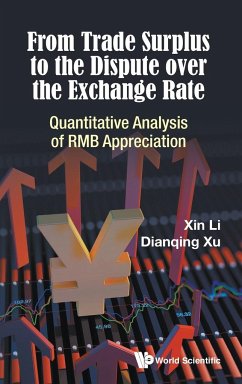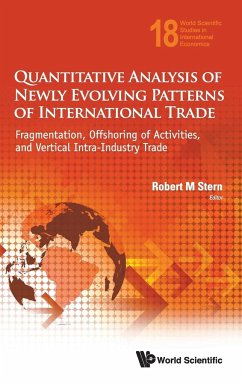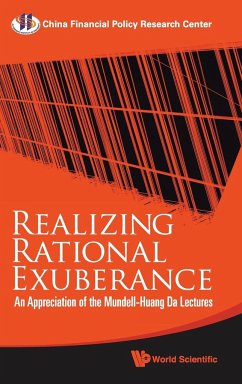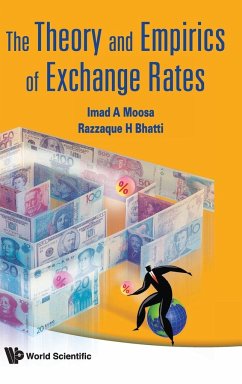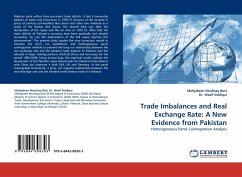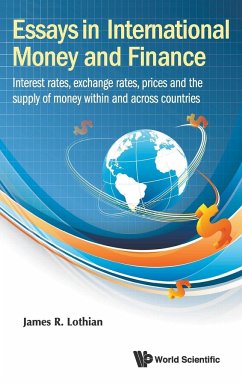Since 2005, China has been accused of causing the trade deficit and manipulating the exchange rate. At the same time, there have been arguments against the RMB appreciation. The reason for this conflict is the lack of quantitative research or elaboration on many extremely important indicators. To correctly describe the industrial chain and value-added process around the world, it is necessary to identify data by using new methods and separating the processing trade from the non-processing trade based on the Global Trade Analysis Project (GTAP) data. This book establishes a Global Multi-department Computable General Equilibrium (GMCGE) model based on the continuous global input-output database. It focuses on the Computable General Equilibrium (CGE) model that constructs a consistent interaction mechanism within the economic system and fully reflects the general equilibrium characteristics and thus tries to avoid the limitations of the partial equilibrium model. It shows how the GMCGE framework can distinguish the processing trade from non-processing trade in the input-output data, and at the same time ensure the endogenous equilibrium of the social accounting matrix (SAM) after distinction.

